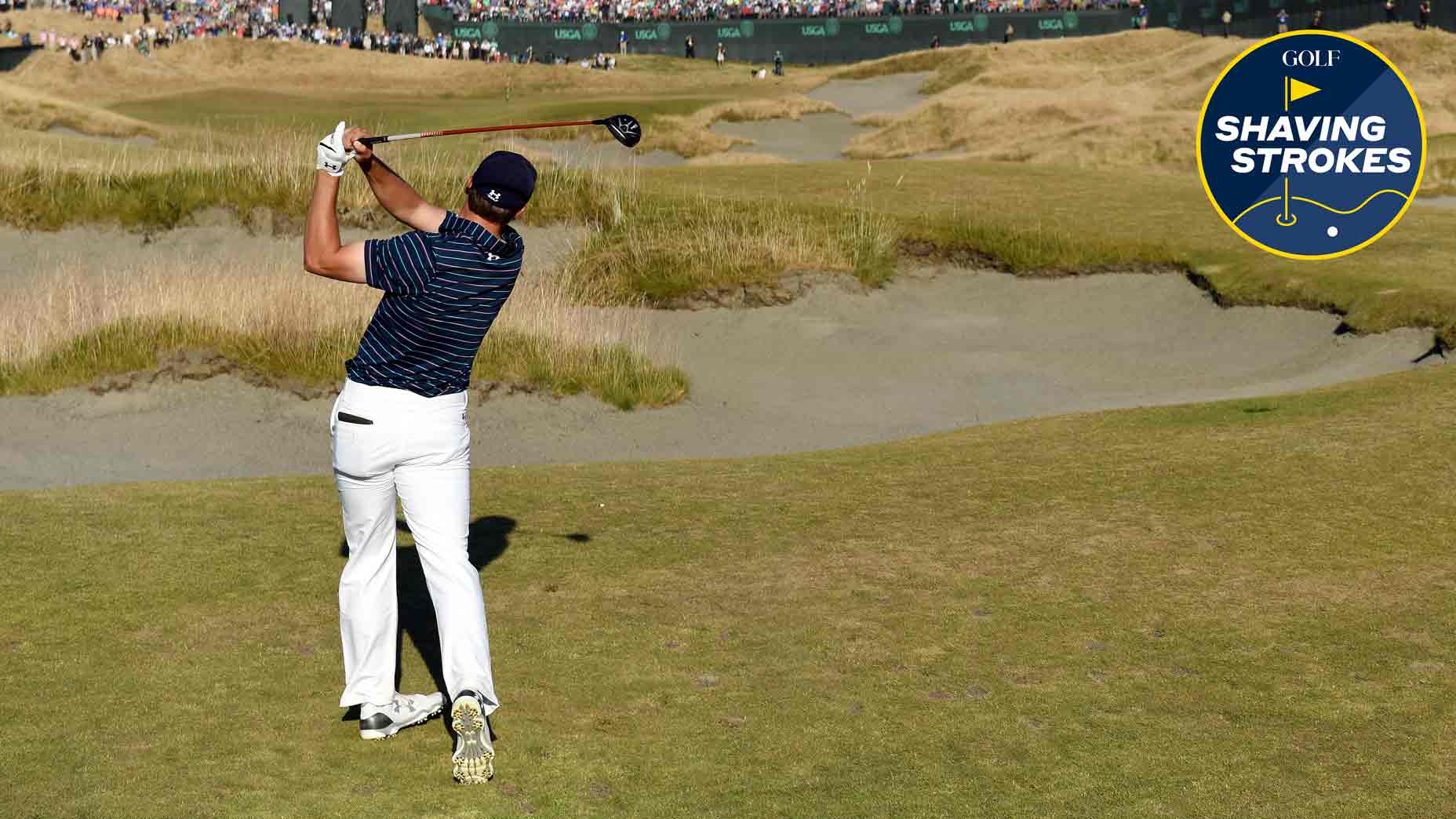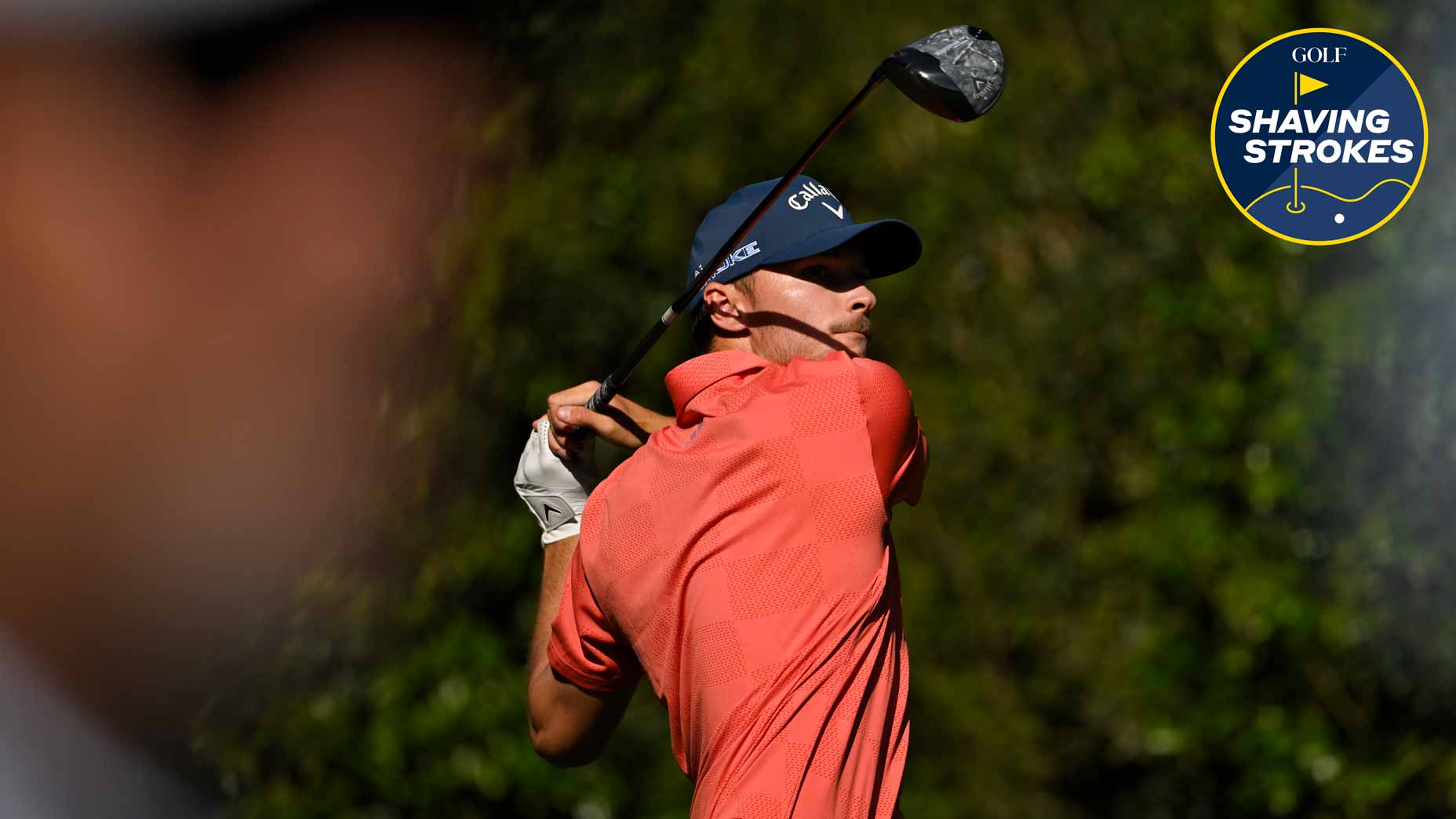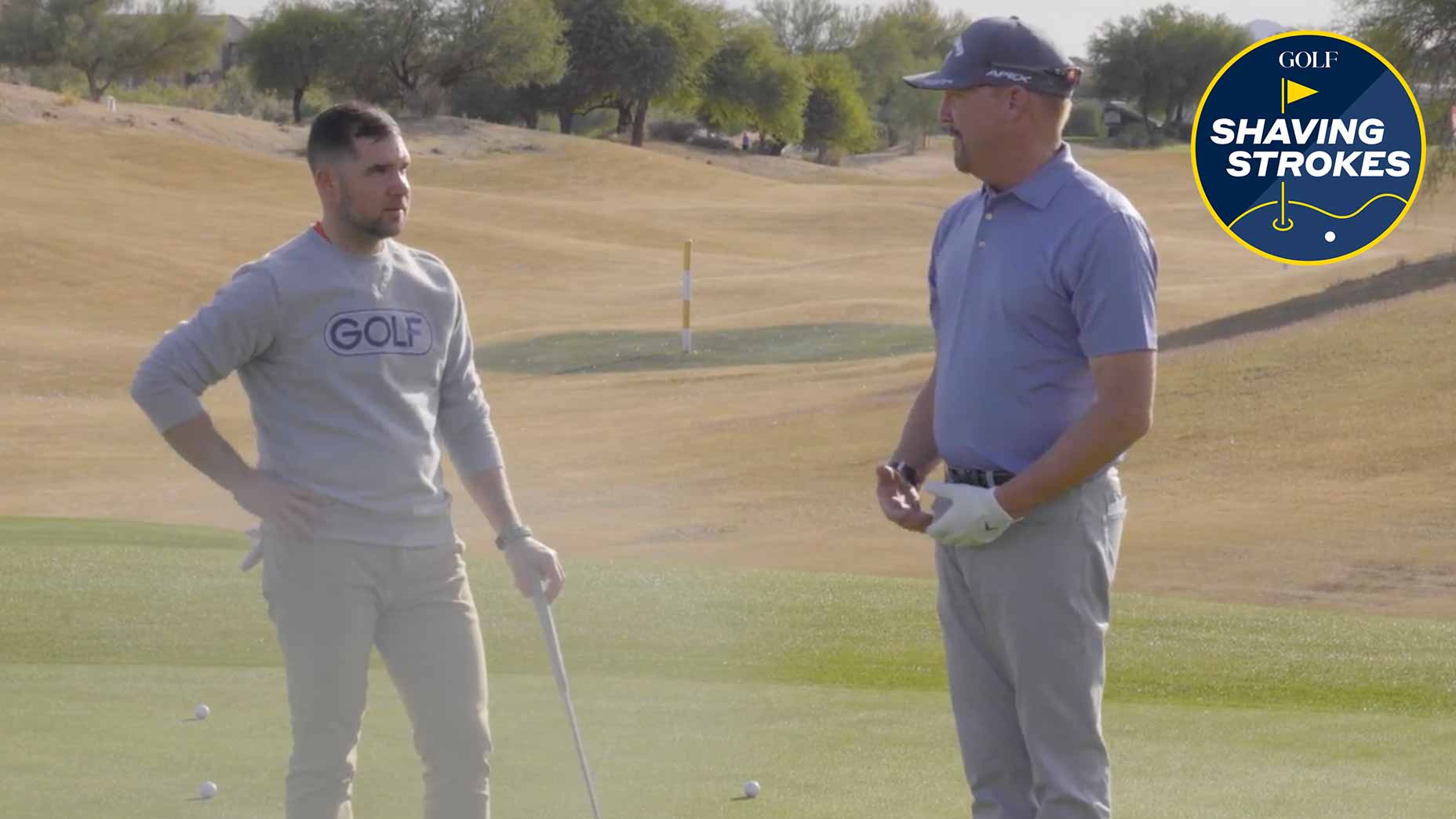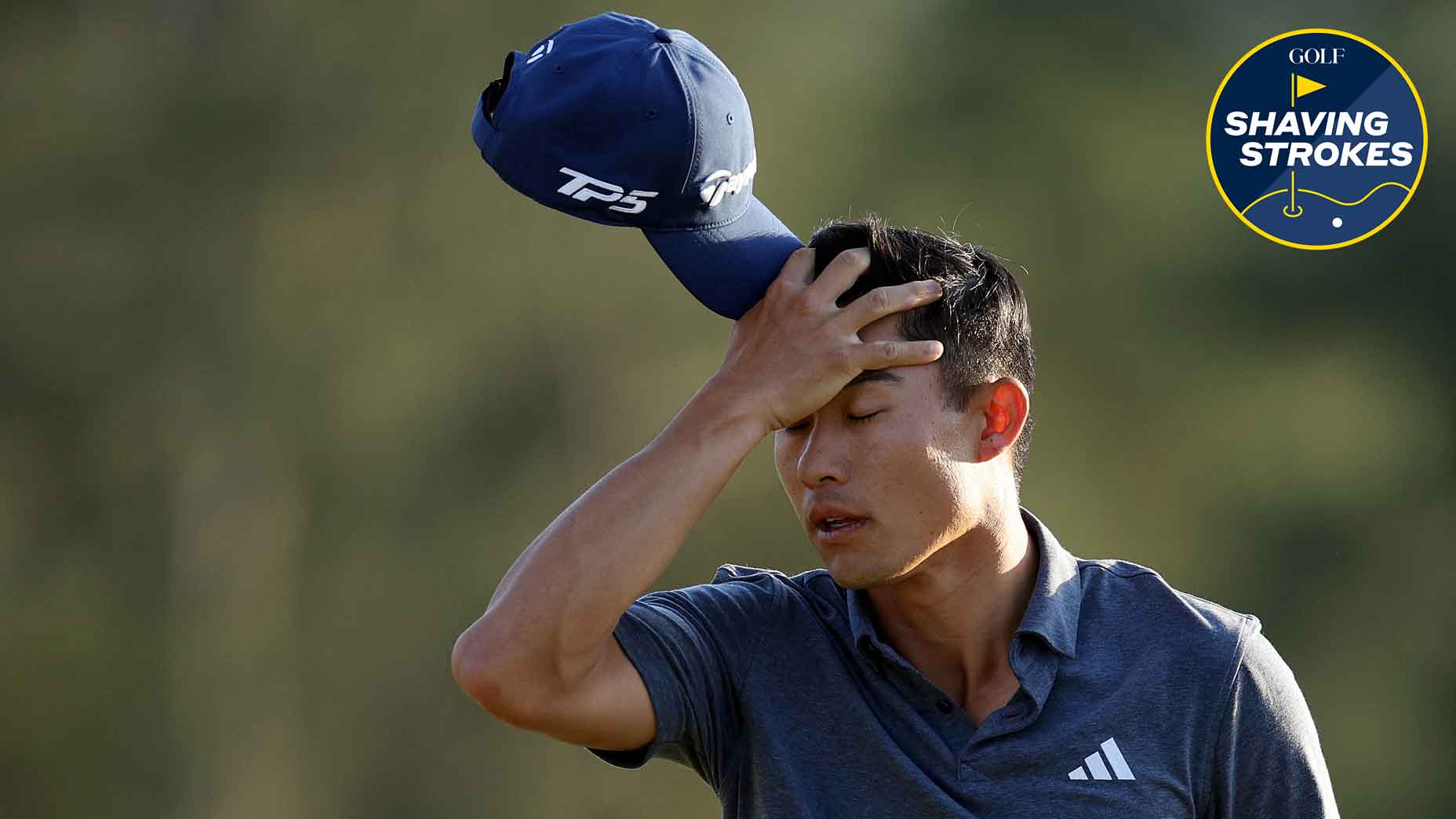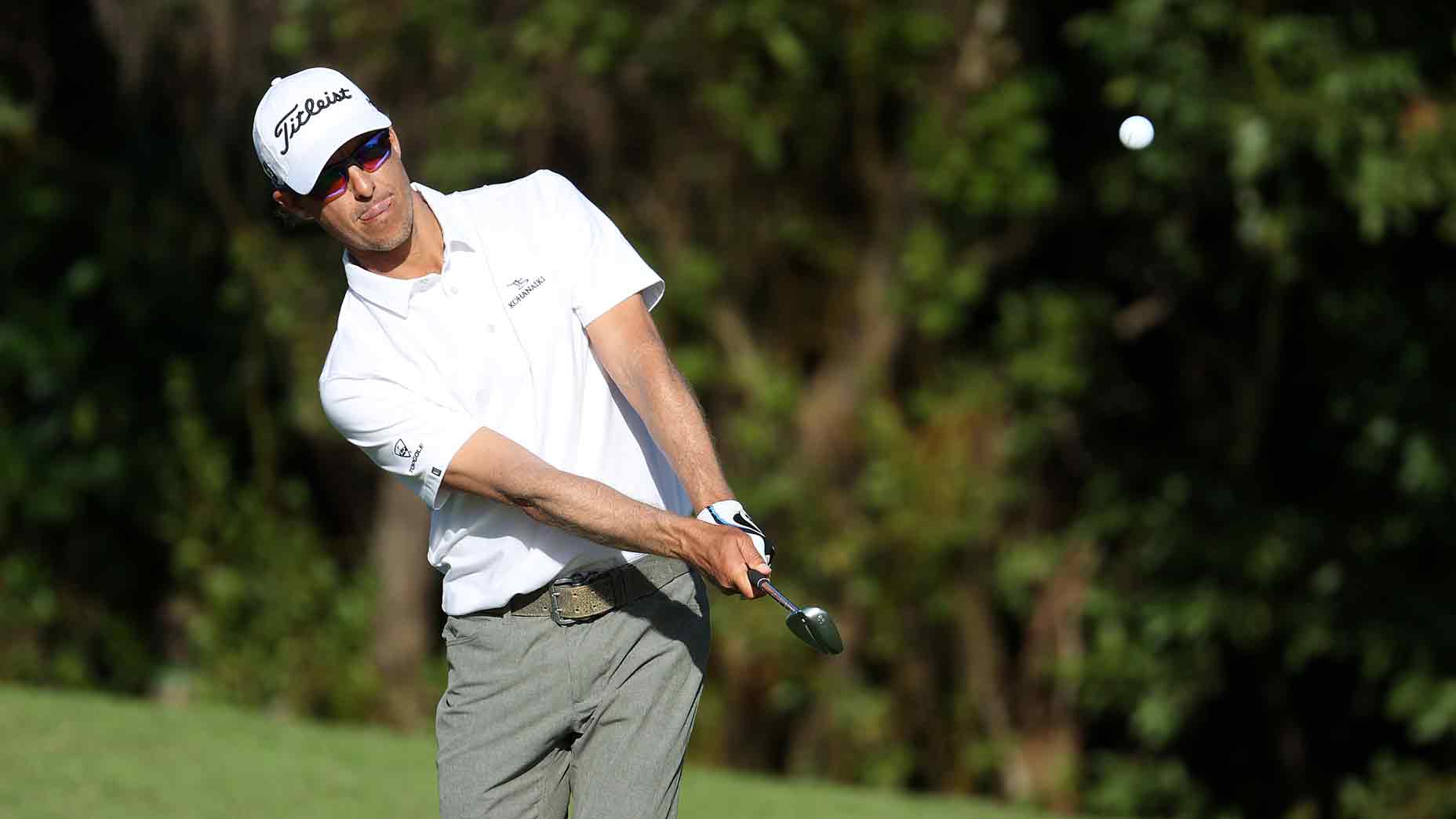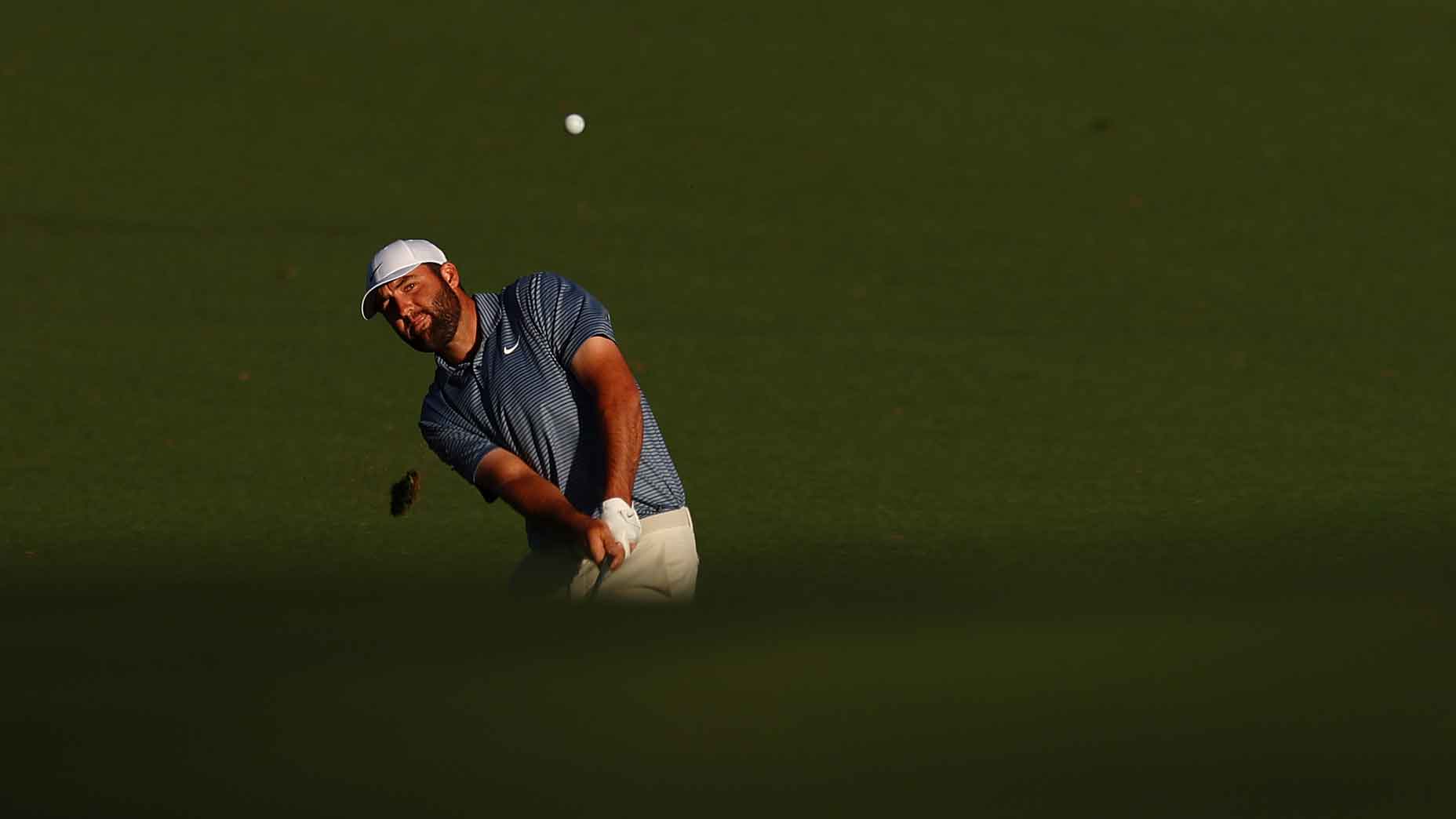14 ultimate tips every low-handicap player needs to know

If you're a low handicapper, these tips are for you.
Getty Images
If you’re a low-handicap player, it’s safe to say you know what you’re doing on the course, but even good players need tips from time to time. For that, we recruited Top 100 Teachers, Tour pros and social media’s instruction stars to put together a comprehensive list for all the experienced players out there. Here are 14 tips every low-handicap player needs to know.
1. Insta tip: “Stick” it and rip it
Once you reach the top, “stick” in that position (if only for microseconds) before you begin shifting back down. It’s a simple move that allows your body and arms to sync up for a powerful strike. @mikebendergolf
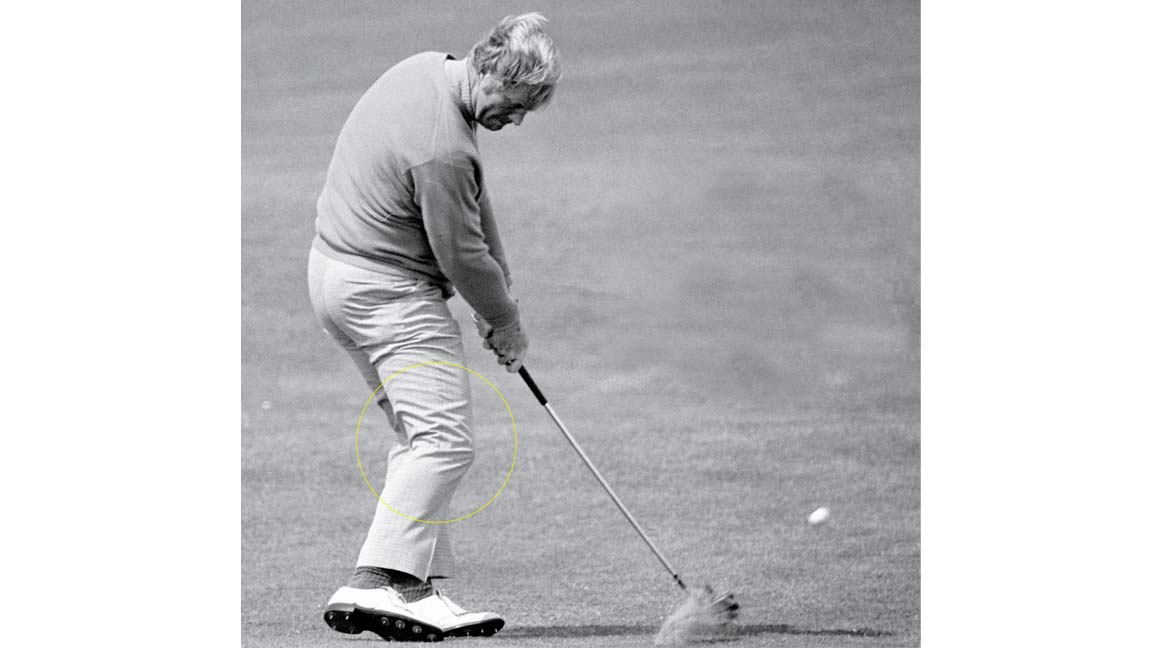
2. Drive your knee toward the target
Jack Nicklaus’ footwork was incredible. All golfers should take note. See all the spikes under his trail foot? That implies a big pressure shift toward his front side. Jack is moving a ton of force toward the target. Even his front foot is coming off the ground — another sign of just how hard he’s driving his trail knee forward through the shot. It’s the ultimate power move, and the secret to a driving ball flight. —Joe Plecker
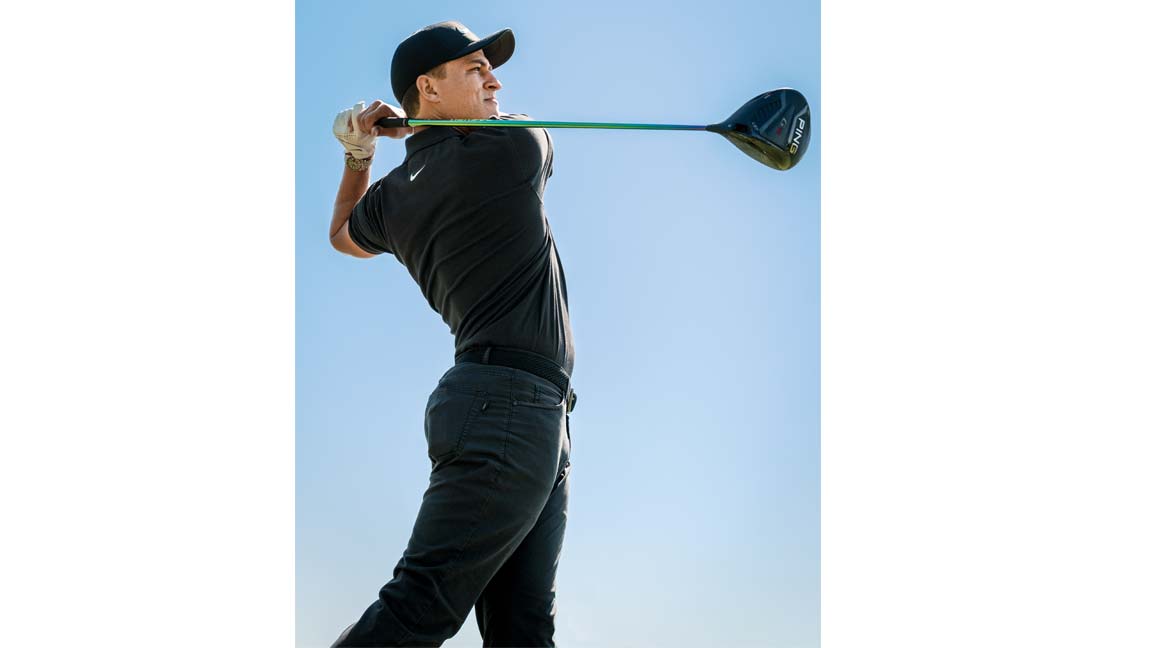
3. Get your hips out of the way
Equally as important as the rotation to the top is a full rotation from the top on down. This is done with our hips. Almost all long hitters fully “clear” their hips on the downswing, and do it so aggressively that the club ends up “lagging” behind their body. Sergio García has been the poster boy for this move for years. Other examples: Rory McIlory and Brooks Koepka … their hips are rotating superfast and the club is behind them. Tip: Once you get to the top of your swing and you’re ready to start back down, feel like you’re rotating your hips as hard as you can. That will create the lag. Lag creates speed, and speed creates power.
“Cameron uses the principle of elastic energy to create his speed,” says Foley. “He basically turns into a slingshot by rotating his lower body. The elastic recoil is where his true power comes from.” —Cam Champ
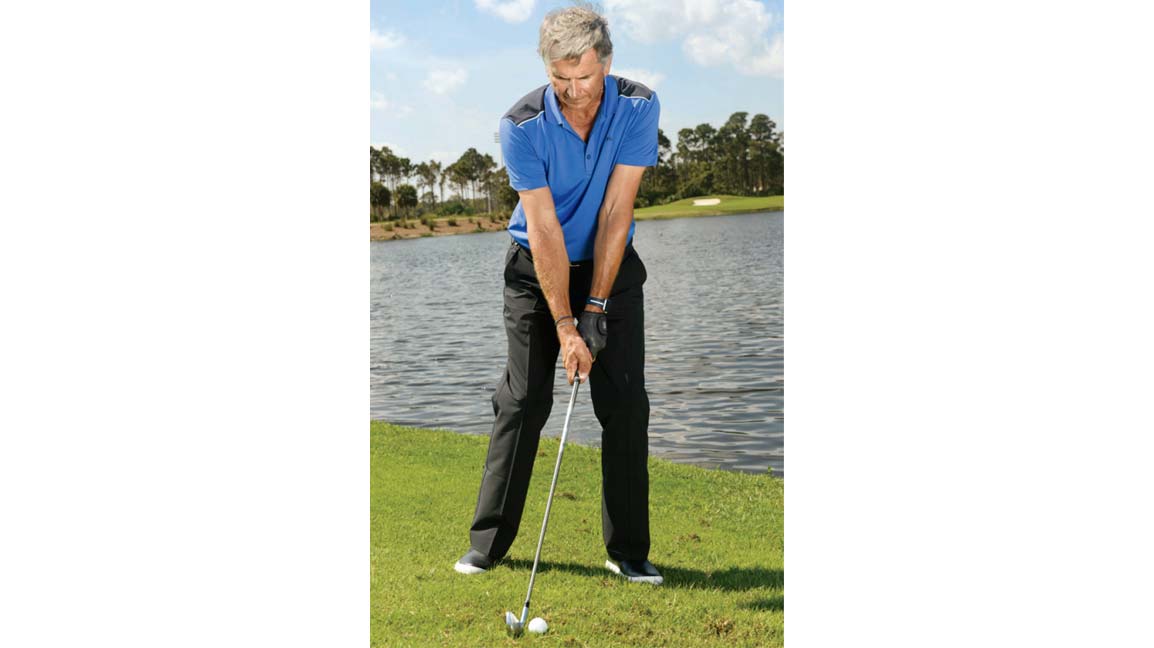
4. Smoke it on a downhill
Downhill lies can be tough, but making a few adjustments gives you a greater chance for success. One constant for downhill lies is that they tend to produce shots that come out low and to the right, so you need to make four adjustments: 1) go up one club; 2) aim left; 3) move the ball back in your stance and set your shoulders at the same angle as the slope; 4) stay balanced and centered throughout the shot. Avoid any inclination to “lift” the ball up. Stay in the shot, swinging down with the slope of the hill you’re standing on, and use the lower ball flight to your advantage. —Michael Hunt
5. Insta tip: Stabilize your stroke
Wrap a resistance band around your knees and tuck sticks under your arms so they form an “X.” Keep the sticks in place by rocking your shoulders and use the bands to “quiet” your lower body. Perfect. @jasonbailepga
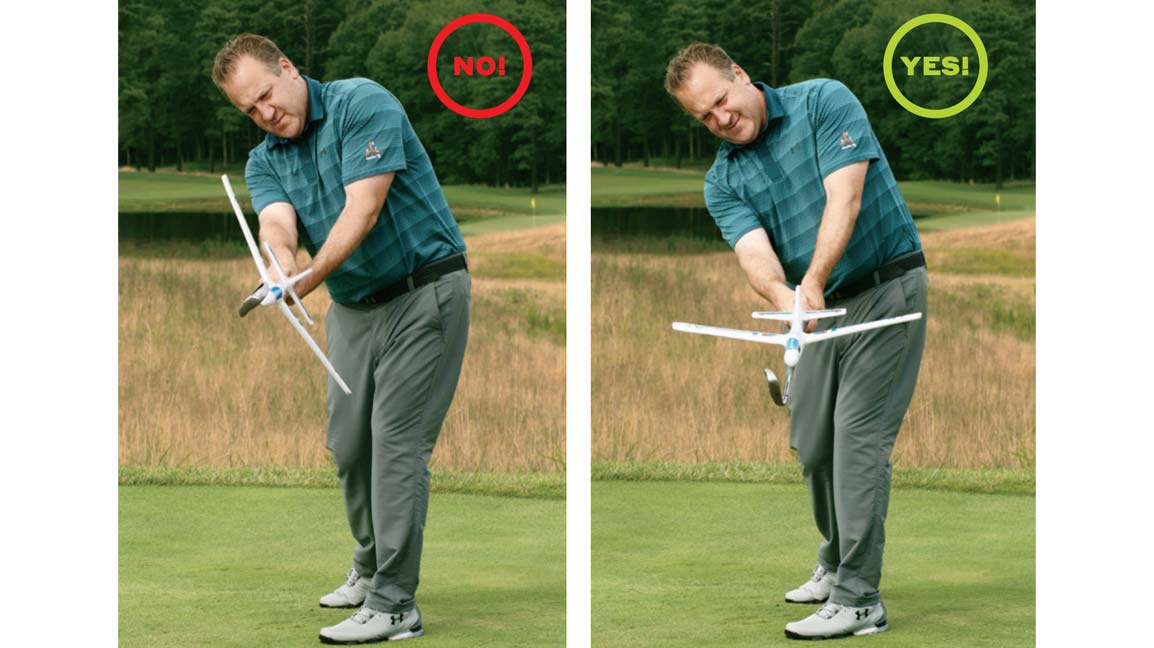
6. A cue for pure impact
Picture a plane on top of the shaft as shown here. If you pull the club too much to the inside through impact or under/ over-rotate the clubhead, you’ll crashland the plane (above left). Work on getting the toe of the clubhead to point up post-impact, with your arms and hands extended (right). See the plane landing safely and you’ll find yourself in a better position through the hitting zone. —Michael Jacobs
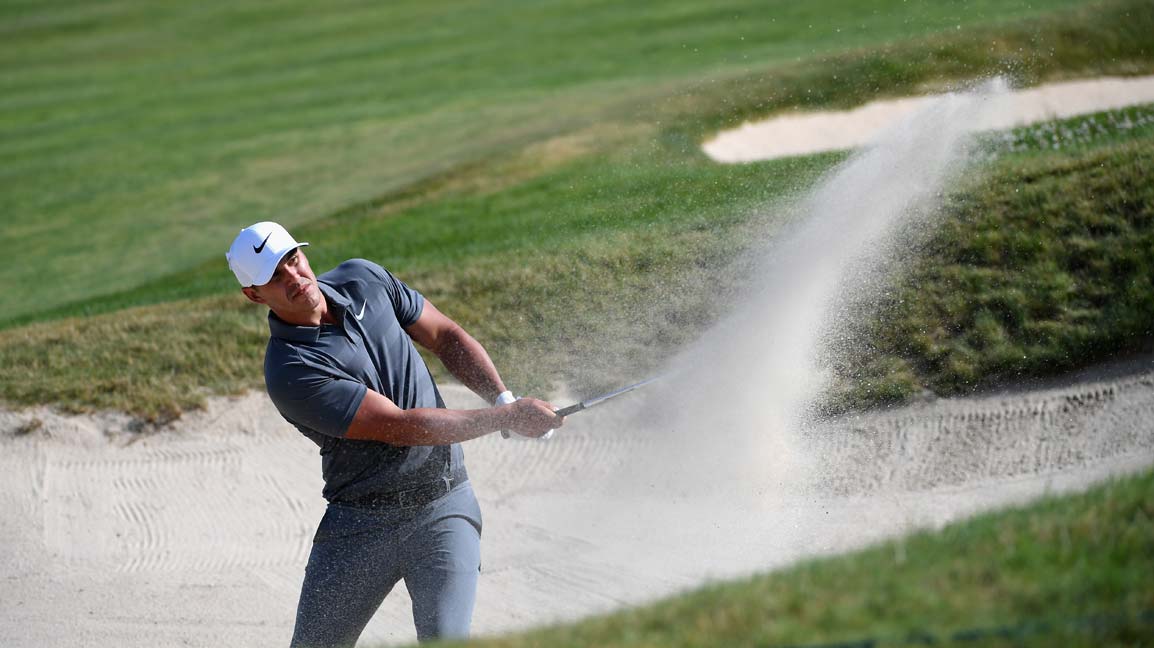
7. Nail the 40-yard bunker shot
The 40- to 60-yard bunker shot is notoriously difficult and feared. A slightly mistimed shot can produce fat or thin contact in a heartbeat. Plus it’s difficult to gauge the distance. I started fiddling around with this shot and came up with a method that’s extremely reliable and allows you to judge spin and distance easily via a perfect strike. The setup is the key. Take an ultra-wide stance, to keep your body from swaying. Position about 60 percent of your weight over your front foot, to encourage a downward angle of attack. Lastly, choke up on the handle and lock your arms together tightly. This will sync your arms to your torso and eliminate unwanted wrist hinge. This setup naturally produces a wide, U-shaped swing and will help the club to smoothly skid through the sand. Power your swing using hip and torso rotation—your arms are just there for the ride. Sounds radical, but it works like a charm. —Jonathan Yarwood

8. Rotate for a better release
Hitting a powerful draw has little to do with flipping the club over through impact and everything to do with properly rotating your body. Here, I’m using a swing aid (in the yellow circle) to illustrate that my clubface has remained square to my swing path (or just slightly closed for a draw) and that it’s still bisecting my forearms. And check out my body rotation — I’ve cleared my left side, enabling my right side to power through and hit the ball without any need to flip my hands. Both arms are fully extended too, ensuring my rotation was the driving force behind the swing. —Mike Bender
9. Insta tip: At-home pivot check
Now that you’ve got time, pull up a chair and perfect your pivot 👌
Take your stance with your butt up against a chair. Make a swing. Feel the pressure on the chair shift from both cheeks — to the right, back to both, then to the left — as you pivot back and through. @jonathanyarwood
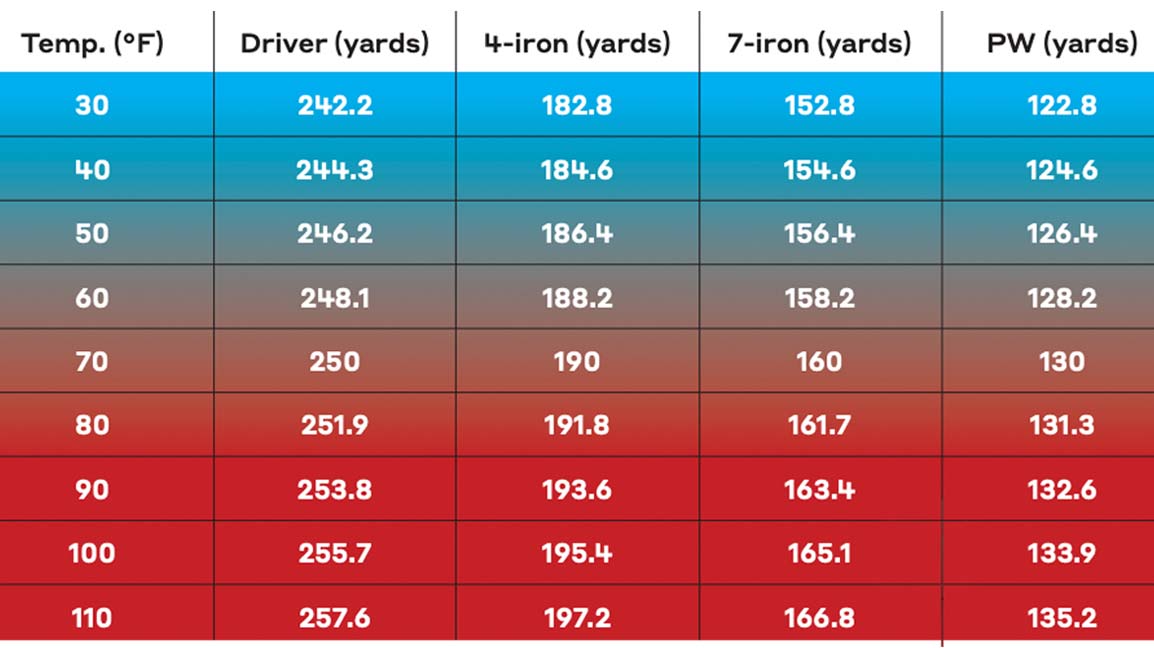
10. Take your game’s temperature
Have you ever noticed how the ball seems to be affected by weather? That’s because it’s a real thing. The exact amount your shots will be affected varies, but an average 250-yard hitter can plan to lose or gain about two yards for every 10 degrees of temperature change.
Source: Andrew Rice Golf
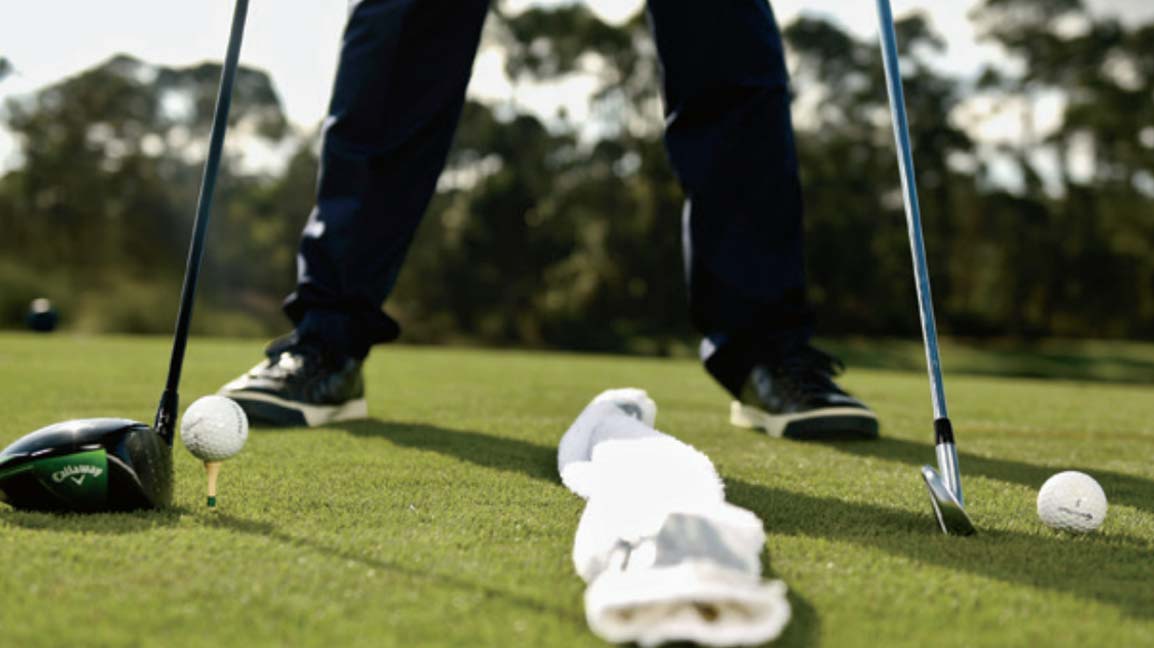
11. Groove the right strike
A very simple yet valuable skill is the ability to hit up on the ball with a driver and down on it with an iron. Use a towel to help train both motions. With iron, place the ball in front of the towel, a grip’s length away. With driver, place the ball behind the towel. Your goal with either club is to catch the ball but not the towel, promoting a descending blow with one and an upward strike with the other. —Jeff Leishman

12. Master tight-lie chips
In Australia, where I’m from, the fairways are usually pretty dry, so you have to know how to hit pitches and chips off tight, hardpan lies. The setup is the same as a normal chip shot, with the clubface slightly open and the ball position slightly forward. The real key to these shots is taking your arms and wrists out of it; it’s a body shot. Turn back and turn through. —Cameron Smith

13. Level the box
To get a better feel for swinging from the inside on the downswing (and stop your slice-causing outside-in move), grab a pizza box and hold it level at the top of your backswing. From there, simulate your downswing, keeping the box level and your arms soft. To add some more flavor to this drill, throw the box down the target line post-impact, finishing with the palm of your trail arm facing down. This is the rotation and speed you need for powerful strikes. —John Dunigan
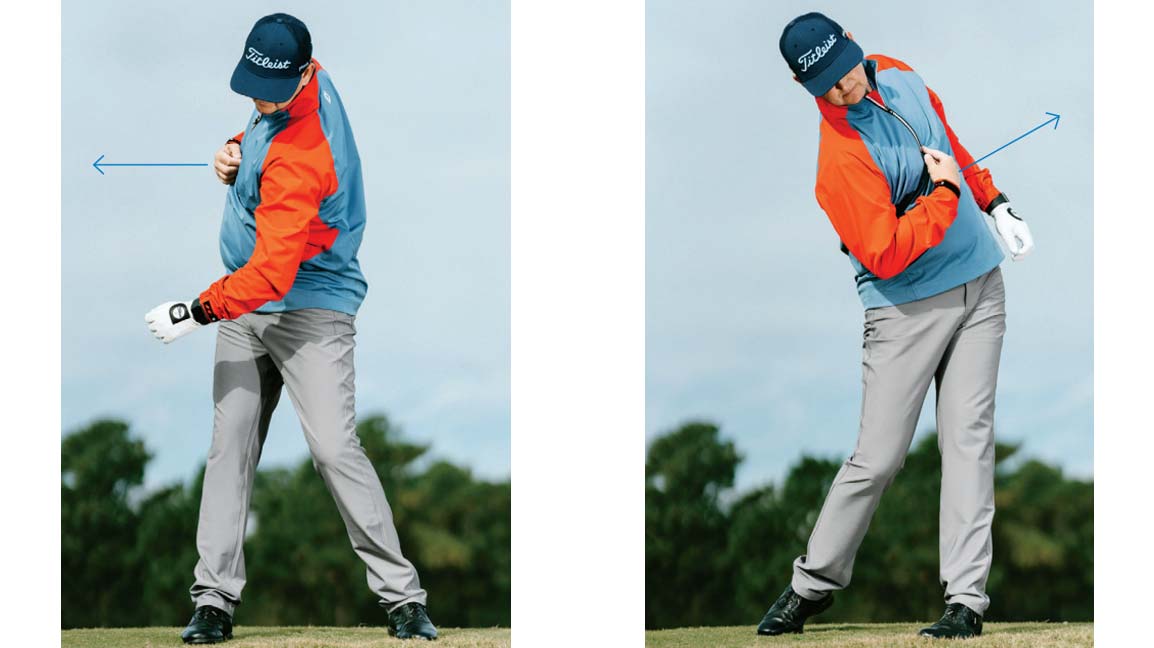
14. The perfect pivot
As a student of the game, it’s important to learn the dynamics involved in your swing. Do this: Get into address and press your right-hand fingers to your sternum. Turn back—your chest should face away from the target, parallel with your line (because your torso is extending). Next, turn through— check that your chest points toward the target and slightly skyward, due to the addition of needed side tilt. Copy these positions and your swing can’t miss. —Jon Tattersall



